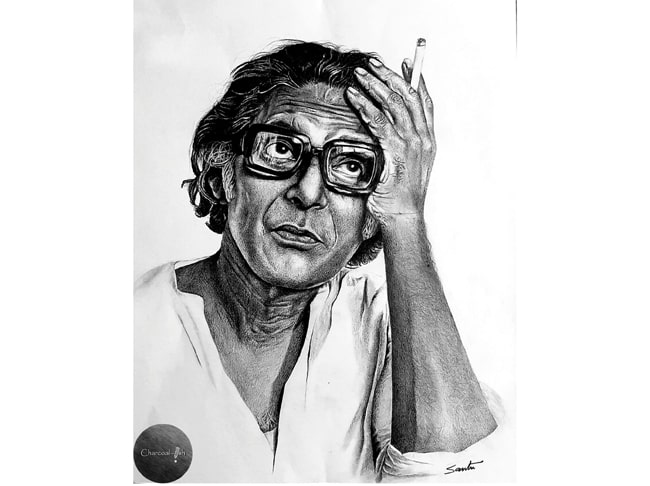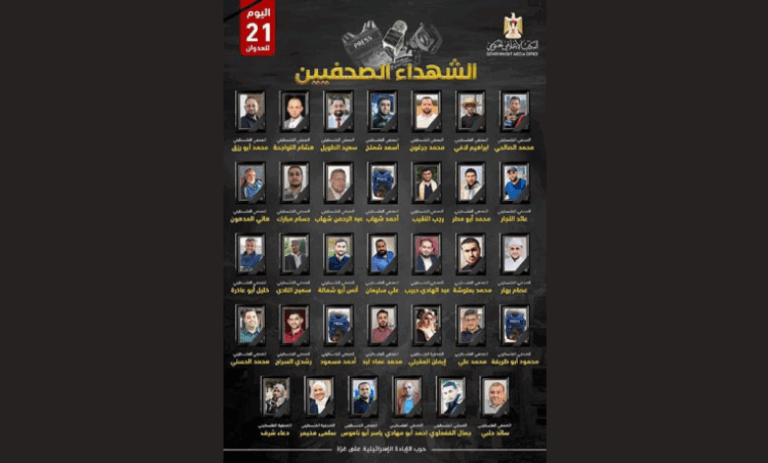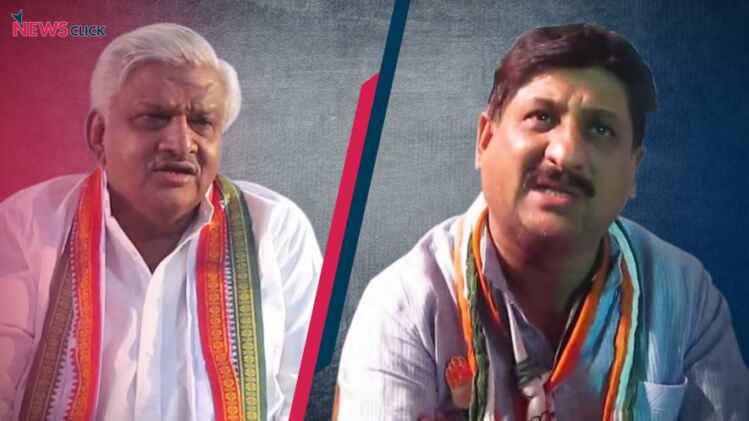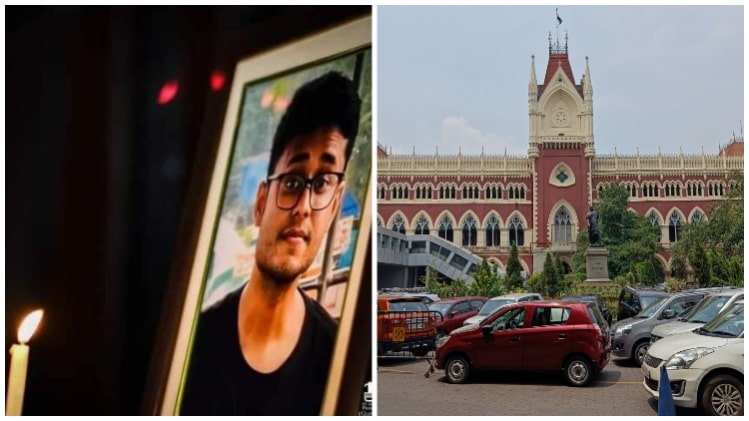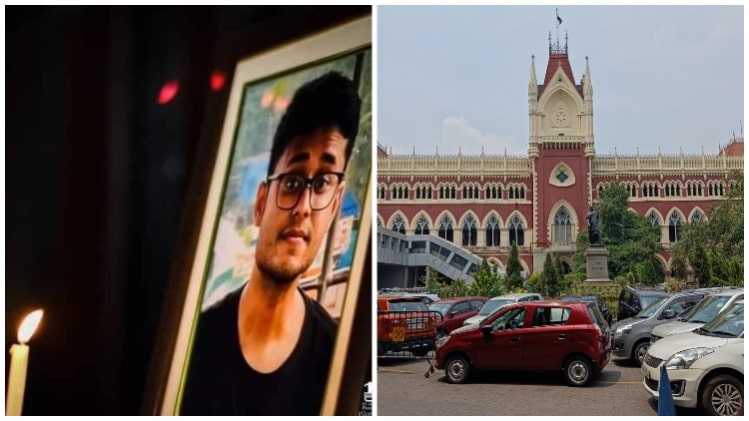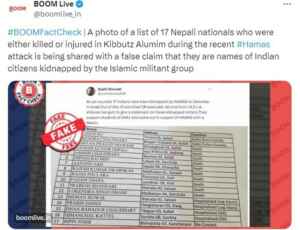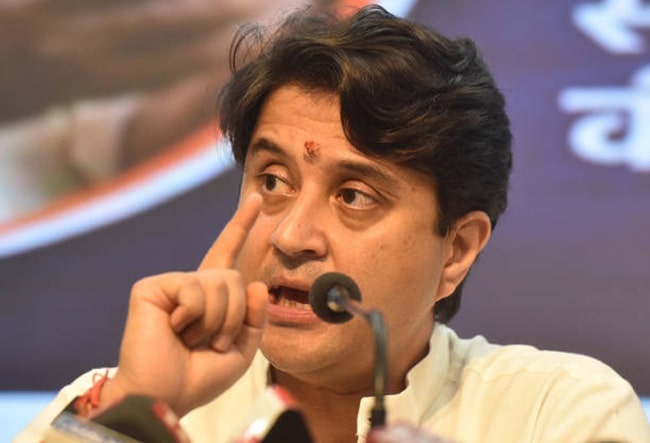Mrinal Sen was directing parapsychologist Bimal Chatterjee in Kharij in the early 80s. Bimal Chatterjee already left a mark as an actor in cameo characters in Satyajit Ray’s, Jana Aranya, Sonar Kella and Joy Baba Felunath.
To extract the character of a large-hearted, sympathetic neighbour of protagonists Anjan Dutta and Mamata Shankar, Mrinal Sen insisted Bimal Chatterjee to lower his baritone. The actor obeyed but maintained a natural vocal pitch which pleasantly astonished Sen. He improvised by giving Chatterjee a free hand to perform. The result Chatterjee eclipsed all other adult actors in Kharij which won a special Jury award at the Cannes Film Festival.
Improvisation was Sen’s style of working. Doing this he never compromised with his scripts. Sen improvised with Kali Banerjee in Neel Akasher Niche, Utpal Dutt in Bhuvan Some and of course Naseeruddin Shah in Khandahar. Dipankar Dey was so well modulated by the filmmaker in Akaler Sandhane that the actor could not believe himself he performed so subtly.
Sen understood his limitations in comparison to his more illustrious contemporaries, Satyajit Ray and Ritwik Ghatak. He intelligently concentrated on a leftist-oriented political cinema which made him internationally famous. Visual plays with montages and jump cuts reasoned freeze and close-up shots and using the outdoors as an integral part of the language of cinema were his forte.
Once during a conversation with Shyam Benegal, he pointed out that the essence of storytelling in cinema was letting the camera speak more than dialogues. Quite naturally Sen penned realistic dialogues, few and never larger than life. He patterned his scripts in line with happenings he believed in. There were no leftist overdoses in his movies.
Padatik, starring Simmi Grewal and Dhrtiman Chatterjee is considered by many as Sen’s film. In it, Sen spoke against certain thinking which did not gel with CPM. They criticized Padatik, but the filmmaker in him was undaunted. According to him, no ideology was above criticism and impartial assessment.
Never did Sen work with established stars like Uttam Kumar, Suchitra Sen or Supriya Chowdhury. He always preferred natural actors who fitted his imagination of screenplays and dialogues. However, Sen lamented not working with Chabi Biswas, Pahari Sanyal, Balraj Sahni and Arundhuti Devi. He marvelled at their performances in Kanchenjungha, Garm Hawa and Bhogini Nivedita.
With iconic journalist Amita Malik, Sen used to have heated debates. Whenever Amita Malik criticized any of his films, he would ask her the reasons. The fearless Amita Malik used to retort point by point. He admitted those constructive discussions helped him to improve his lacunae. Both shared a deep silent regard for each other. Sen also bestowed a lot of faith on Iqbal Masud, another stalwart of the fourth estate.
Sen shared a very good rapport with senior, contemporary and junior filmmakers. He wrote the script of Ajay Kar’s, Kanch Kanta Heera, broke into tears viewing Tapan Sinha’s Khaneker Atithi and considered Kaushik Ganguly the most talented new-generation Bengali director after seeing his Shabda. Onlookers were overwhelmed watching his blank face after the sudden demise of Satyajit Ray. It was the same after he bid a tearful farewell to Asit Sen and Tapan Sinha.
His wife Geeta Sen was his main source of inspiration. An excellent actress, Geeta never considered Sen a genius. When Sen spoke about his favourite Hollywood films How Green Was My Valley and My Fair Lady, Geeta reminded him of Gone With Wind and he similarly agreed. Hemanta Mukherjee’s golden voice gave a meaningful touch to the night sequence in Neel Akasher Niche depicting the streets of Kolkata at night. The genius filmmaker confessed he understood death was dangerous after being by the bedside of Ritwik Ghatak before his sad demise. Satyajit Ray was by his side. Indeed Sen’s assessment of death in his own words was the ultimate truth after birth.


